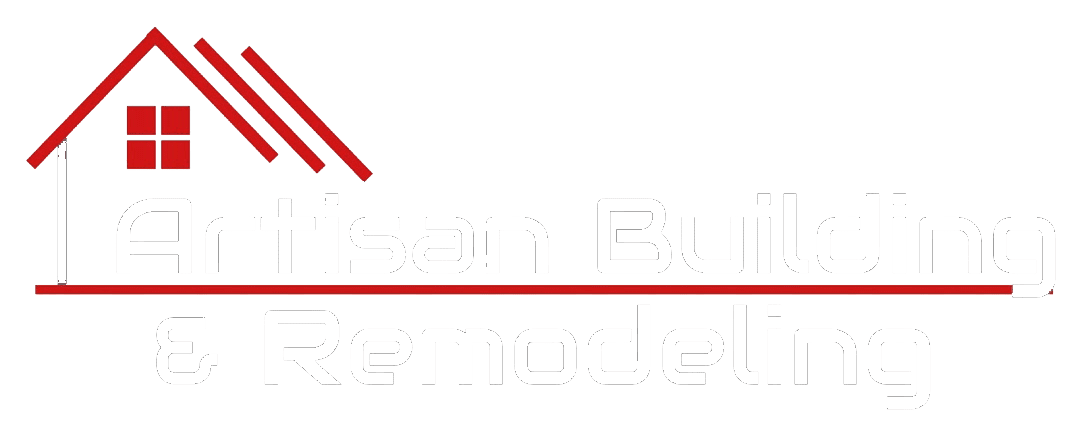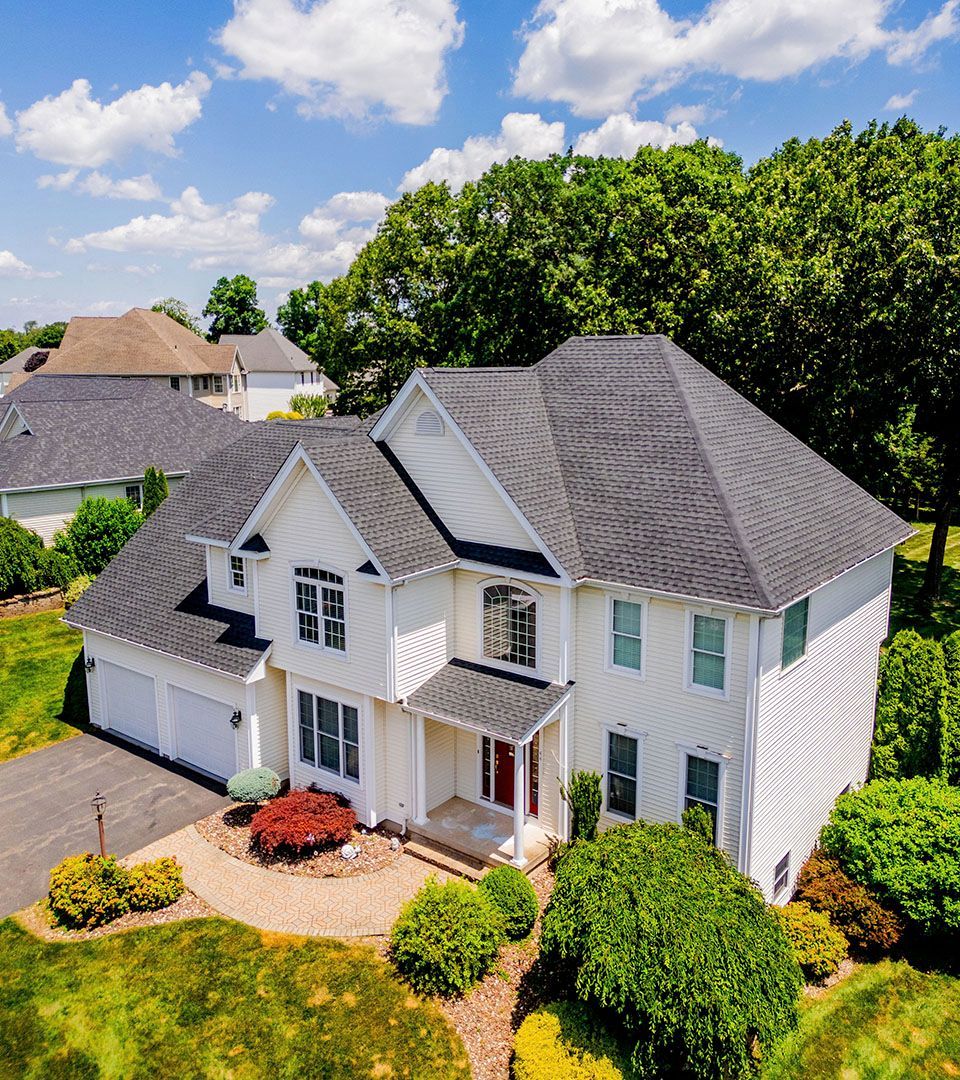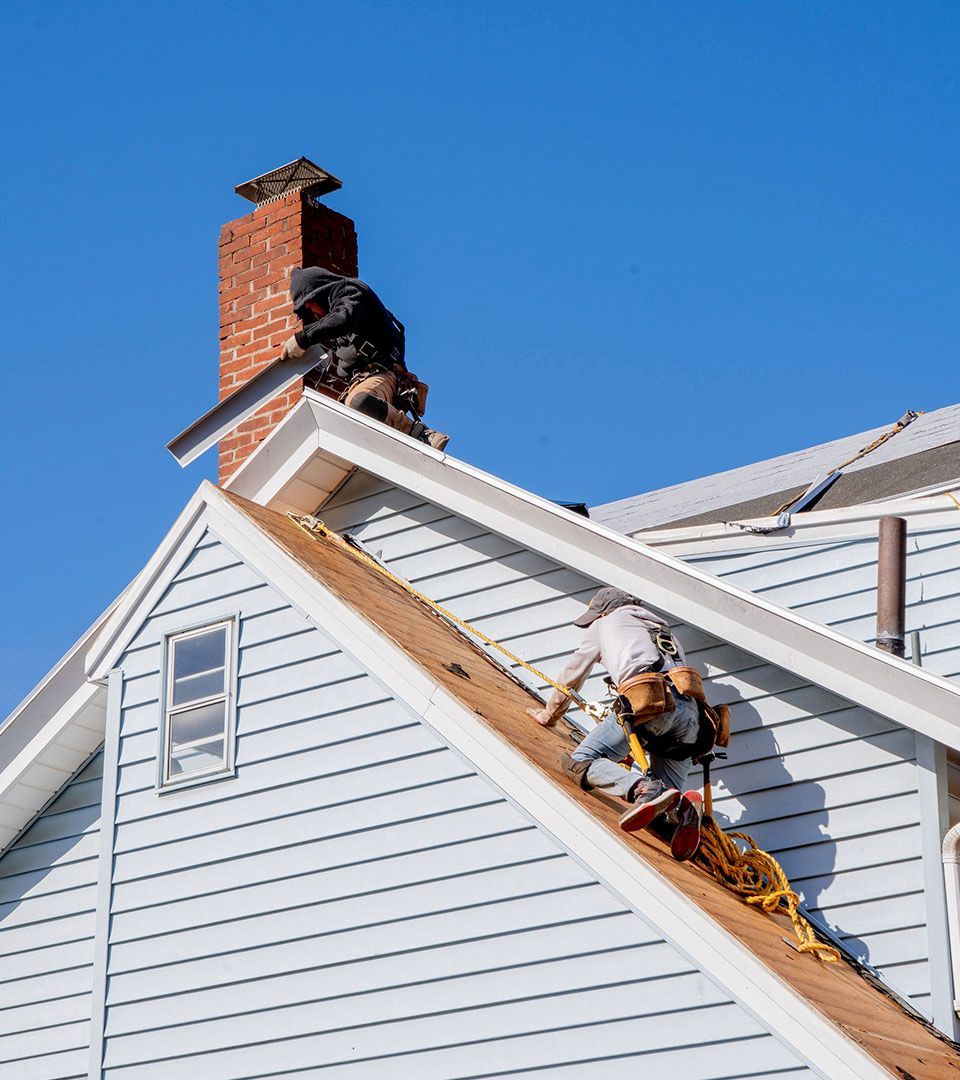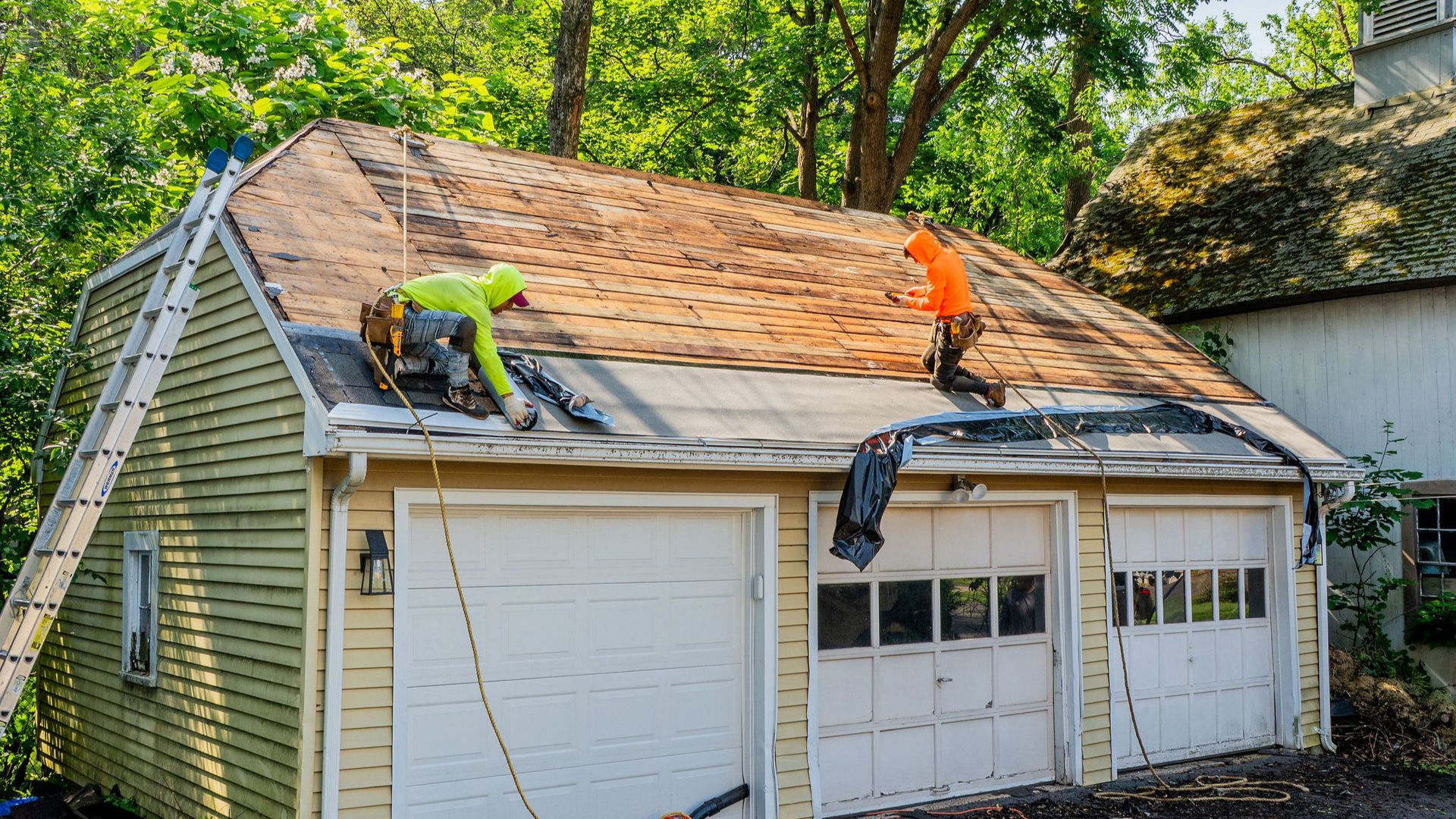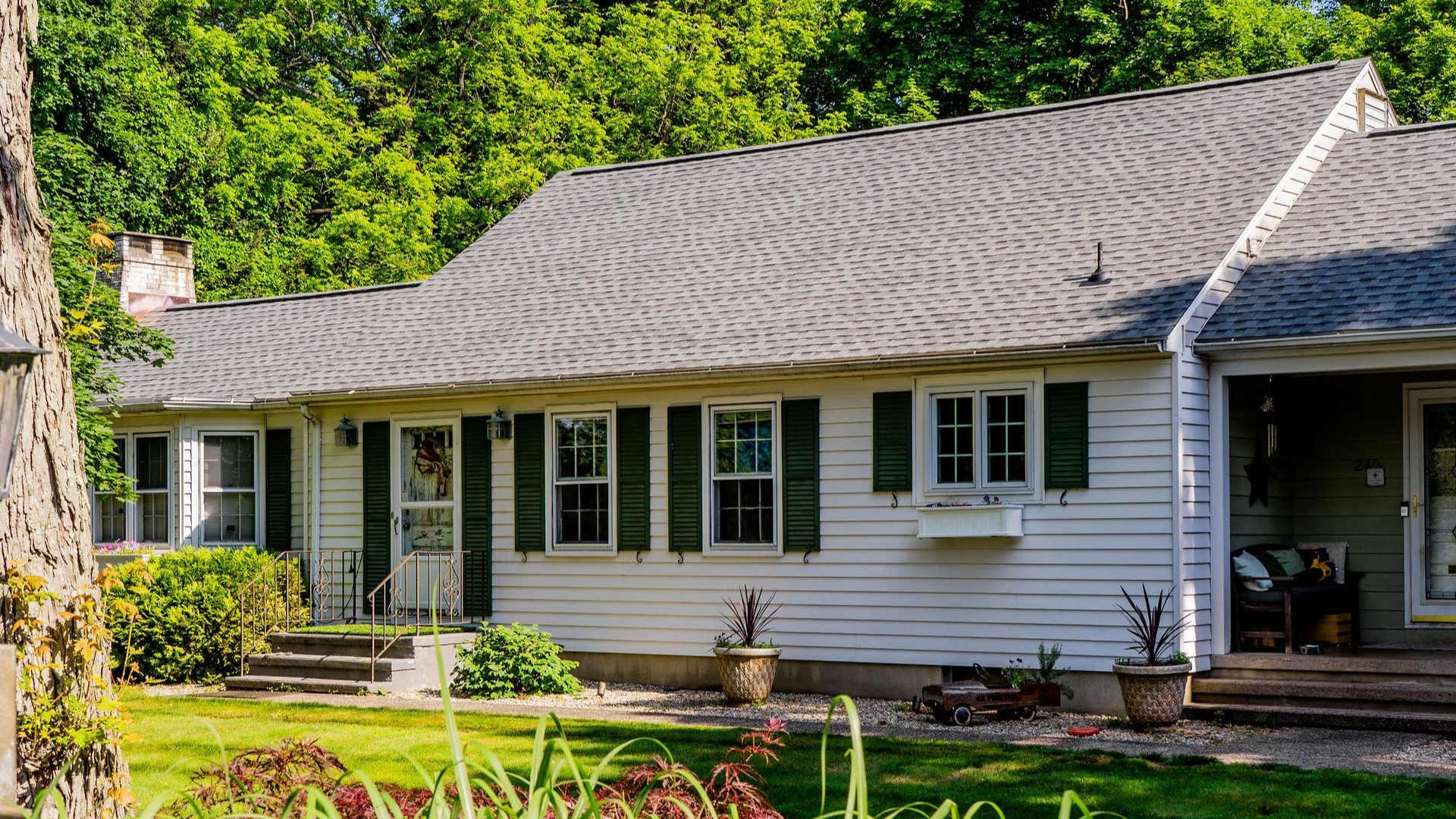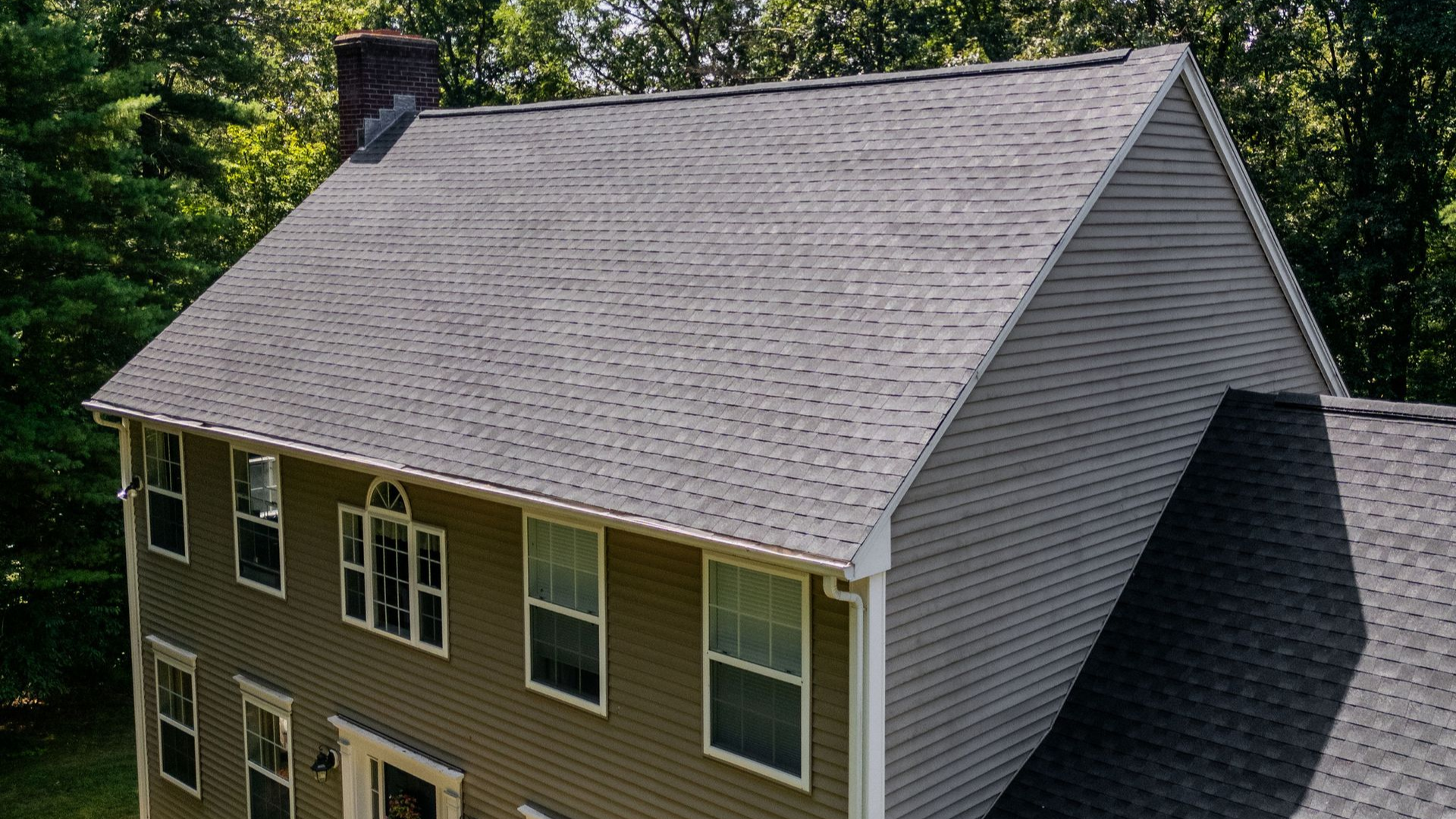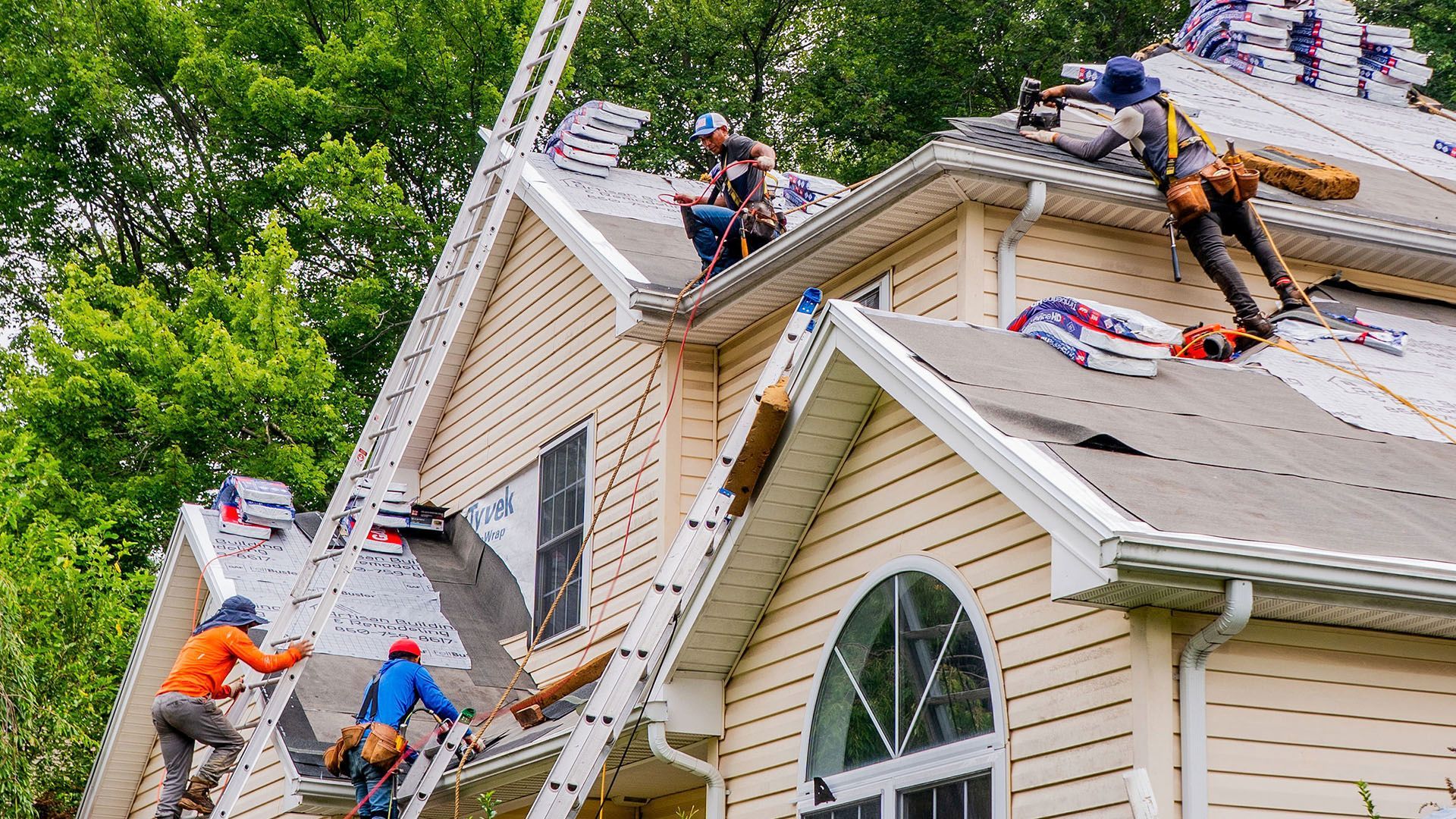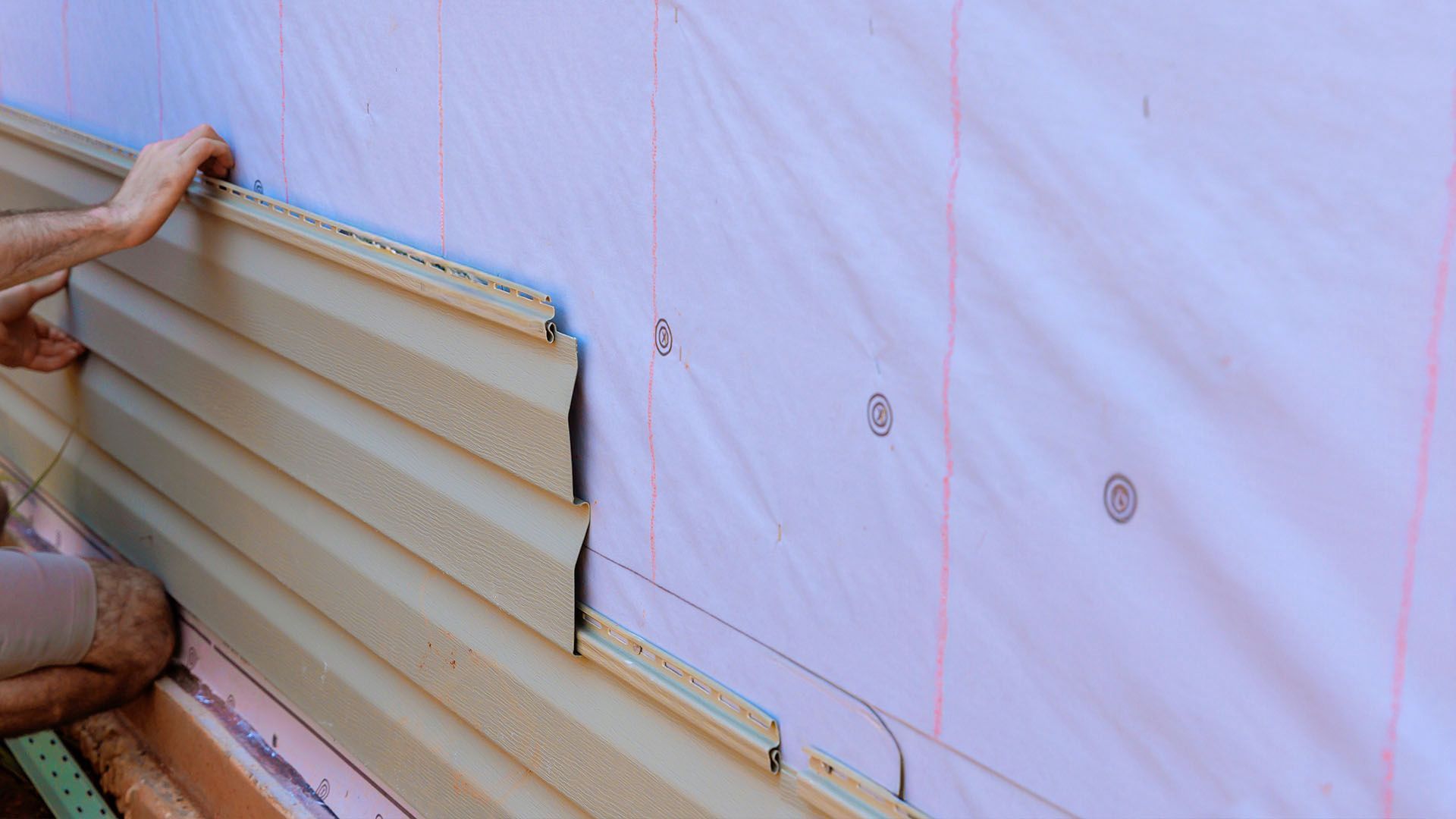What Type Of Roof Is Easiest To Maintain? Top Options
July 27, 2025
Roof maintenance is often overlooked—until problems arise. But choosing the right roofing material from the start can drastically reduce the time, effort, and money spent on upkeep over the years. A low-maintenance roof doesn't just make life easier; it helps protect your home with minimal intervention. So, what type of roof is easiest to maintain? Let’s explore your best options.
Key Traits of Low-Maintenance Roofing
Not all roofing materials are created equal. Some demand regular attention, while others are built to resist the elements and stay strong for decades. When evaluating low-maintenance options, look for these key traits:
- Durability and lifespan – Long-lasting materials require fewer replacements and repairs.
- Resistance to weather, pests, algae, and mold – These common issues lead to costly damage if not addressed.
- Minimal cleaning or upkeep required – Some materials naturally repel debris or are easier to clean.
- Fire and moisture resistance – These features reduce long-term structural risks and the need for frequent inspections.
Top Roofing Types That Require the Least Maintenance
Let’s break down the most reliable, low-maintenance roofing options available today:
Metal Roofing
Metal roofing is widely considered one of the easiest to maintain. It's extremely durable, resists fire, sheds water quickly, and stands up to wind, snow, and UV rays. With options like standing seam and metal shingles, it also offers design flexibility.
- Benefits: Longevity (often 40–70 years), minimal upkeep, energy efficiency, and excellent weather resistance.
- Ideal for: Homes in areas with high winds, snow, or sun exposure.
Clay or Concrete Tile Roofing
These tiles are dense, heavy, and built to last. They naturally resist rot, insects, and harsh UV rays. While installation costs are higher, the payoff is minimal upkeep and a long lifespan.
- Benefits: Low susceptibility to algae, mold, and pests; very little upkeep beyond occasional inspection.
- Ideal for: Warm, dry climates and Mediterranean or Southwestern-style homes.
Slate Roofing
Slate is one of the most durable roofing materials available. Its natural stone composition makes it impervious to rot, fire, and insects. Although it’s expensive and heavy, it's nearly maintenance-free.
- Benefits: Extreme longevity (up to 100 years), high durability, low maintenance needs.
- Ideal for: Homeowners investing in long-term solutions and homes structurally able to support its weight.
Synthetic or Composite Shingles
These modern materials mimic the look of slate or wood but are engineered for performance. They're lighter, resistant to mold and algae, and require little to no ongoing care.
- Benefits: Appearance of high-maintenance materials with none of the hassle.
- Ideal for: Homeowners wanting aesthetic appeal and ease of upkeep.
Architectural Asphalt Shingles
While basic 3-tab shingles can require frequent replacement, architectural asphalt shingles offer improved durability. They’re thicker, more weather-resistant, and typically require less attention over time.
- Benefits: Cost-effective, widely available, and easier to maintain than lower-grade shingles.
- Ideal for: Budget-conscious homeowners seeking a balance between cost and ease of maintenance.
Factors That Impact Roof Maintenance (Beyond Material)
Even with the best material, other elements can affect your roof’s long-term performance:
- Roof pitch and design – Steeper slopes shed water and debris more effectively.
- Climate and local weather conditions – Certain materials perform better in specific environments.
- Quality of installation – Poor workmanship leads to frequent issues regardless of the material.
- Proper ventilation and drainage – Prevents moisture buildup and mold growth.
How to Choose the Right Low-Maintenance Roof for Your Home
There’s no one-size-fits-all solution. Here’s how to narrow it down:
- Consider your region’s climate – Metal works well in snow, while clay tiles are great in heat.
- Weigh upfront cost vs long-term savings – Higher-priced options like slate pay off with decades of low maintenance.
- Match material to home style and HOA requirements – Some materials may not be permitted or may clash with your home’s look.
- Factor in warranty coverage and maintenance expectations – Look for warranties that match the expected lifespan and minimize surprises.
Tips for Extending the Life of Any Roof
No matter which material you choose, a few simple practices will help it last longer:
- Schedule regular inspections, especially after storms.
- Keep gutters clean to prevent water backup.
- Trim trees and remove overhanging branches.
- Address minor issues early before they become costly repairs.
Conclusion: Invest in the Right Roof to Save Time and Money
The easiest roof to maintain is one that balances durability, weather resistance, and long-term value. Materials like metal, slate, and composite shingles lead the pack in low-maintenance performance. By choosing the right roof for your home—and having it installed by experienced professionals—you’ll save time, stress, and money for years to come.
If you're unsure where to start,
contact Artisan Building and Remodeling. We’ll help you find a roofing solution that fits your needs and your home.
Frequently Asked Question's
About What Type of Roofing is Easiest to Maintain
What is the easiest roof to maintain?
Metal roofing is generally considered the easiest to maintain. It resists weather, pests, mold, and fire; requires minimal cleaning; and can last 40–70 years with little upkeep.
What type of roof is most reliable?
Standing seam metal roofs and architectural asphalt shingles are among the most reliable. They offer strong performance in a variety of climates, resist leaks and damage, and have long track records for durability.
What roof has the shortest lifespan?
3-tab asphalt shingles have the shortest lifespan, typically lasting only 15–20 years. They're budget-friendly but prone to wear from wind, sun, and moisture.
Which type of roof lasts the longest?
Natural slate roofs lead the pack, lasting 75 to over 100 years when properly installed. Clay tile and metal roofs also offer impressive lifespans, often 50+ years.
What roof never has to be replaced?
While no roof lasts forever, slate roofs come closest. With proper maintenance, a high-quality slate roof can last a lifetime or more, potentially outlasting the building itself.
